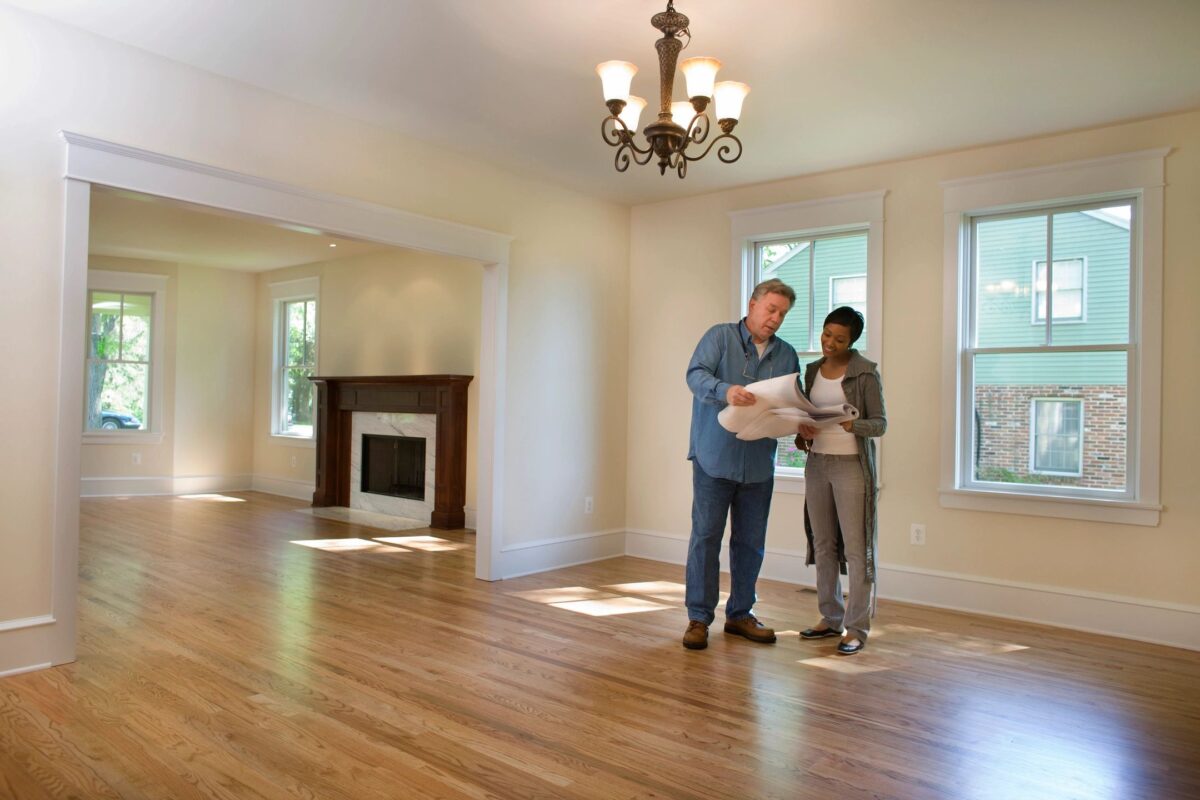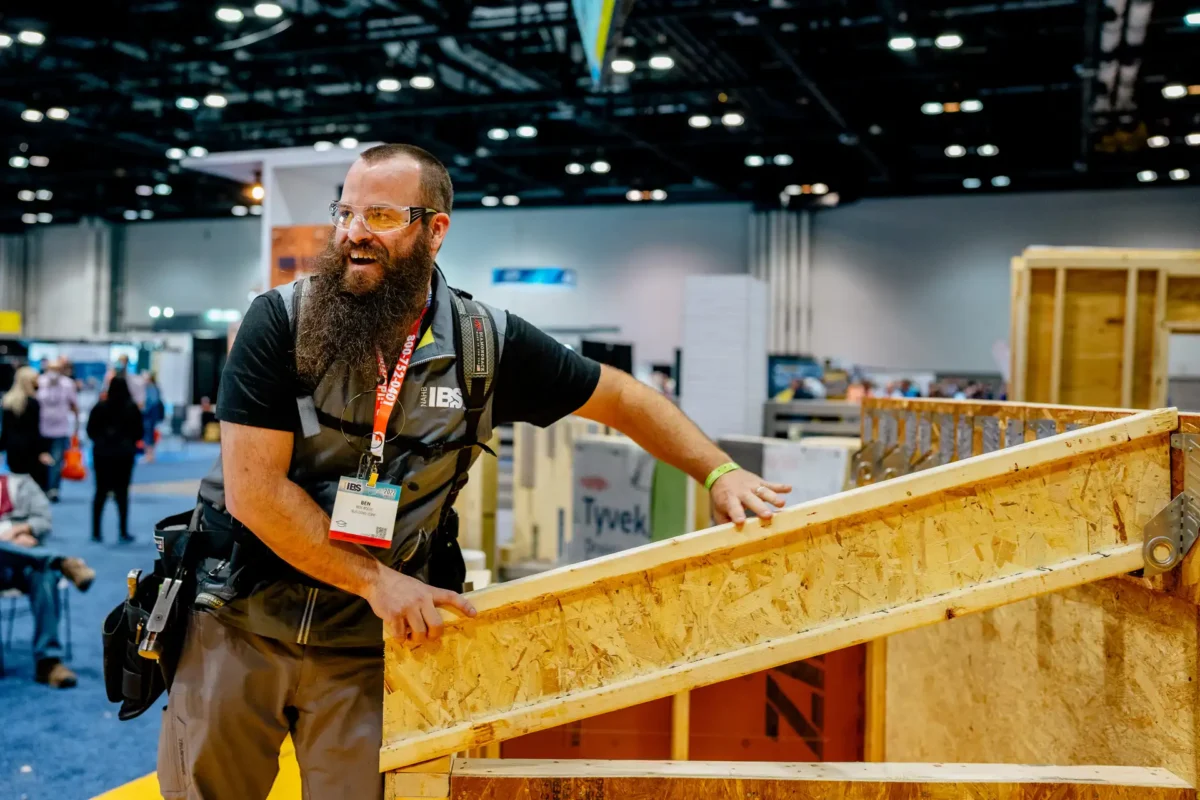To the Code Pioneers in the Housing Industry Who Take the Slings and Arrows, Thank You.
Dennis Sweeney, Executive Vice President HBA of Rockford
It’s usually good to be first, except when it comes to local governments adopting the next edition of the building codes and land use/ zoning regulations. Let someone else experience what works and doesn’t work in the real world.
It’s one thing to see a new code requirement in writing and make a policy decision based upon the “expert’s” testimony, it’s another for the builder to implement it smoothly and seamlessly if/when the required design doesn’t work.
The latest example is the requirement for GFCIs on A/C condenser units.
GFIs have been around for a long time and the original problems, and there were problems with the first generation products, have been resolved, EXCEPT for a new application on A/C condensers. Who knew (should have known) that existing GFCIs wouldn’t work on A/C condensers? There are home owners, builders, HVAC contractors and their electricians in Texas and Georgia where they are building many houses and where it gets very hot and muggy, who found out from personal experience:
NAHB Supports Electrical Code Win Over A/C Tripping September 9, 2022 The appeal was led by Air Conditioning Contractors of America, Leading Builders of America and the Air-Conditioning, Heating, and Refrigeration Institute, and was supported by NAHB. At issue was section 210.8(F) of the 2020 NEC that requires a ground-fault circuit interrupter (GFCI) breaker to be installed on connections between a new home's electrical system and the air conditioning condenser unit that sits outside. Before the 2020 NEC, GFCIs were not required for condenser connections, and as such, HVAC manufacturers had not engineered their products for such a connection. Texas adopted the 2020 NEC in full and home owners and builders in the state immediately began reporting issues with the GFCI breakers tripping when the air conditioner ran, sometimes multiple times each day, as the GFCI breakers are incompatible with HVAC units. Late last month, the National Fire Protection Association (NFPA) publishers of the NEC agreed that the GFCI requirements were not compatible with current HVAC equipment and halted the GFCI mandate until Sept. 1, 2026, to give manufacturers time to engineer a solution. NAHB urges members to check with their local code bodies to ensure that any adoption of the 2020 or future 2023 NEC contains the amended language exempting all outdoor HVAC equipment from GFCI requirements.





